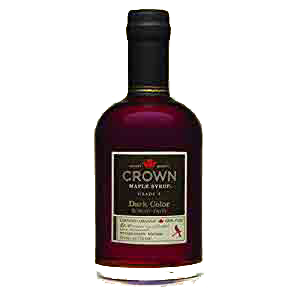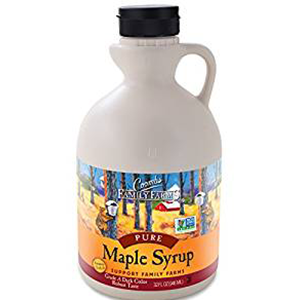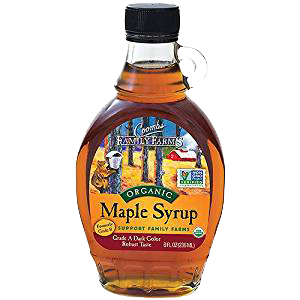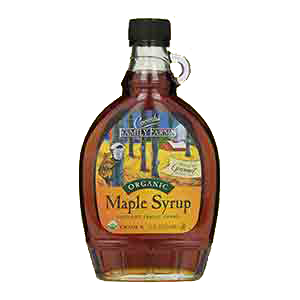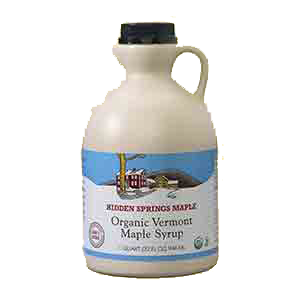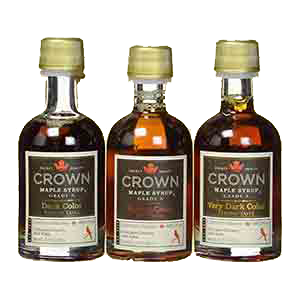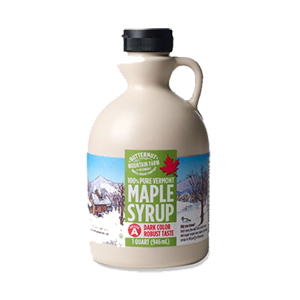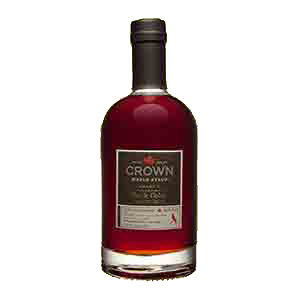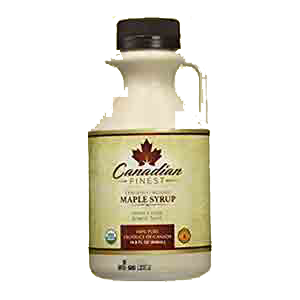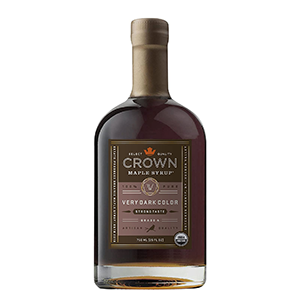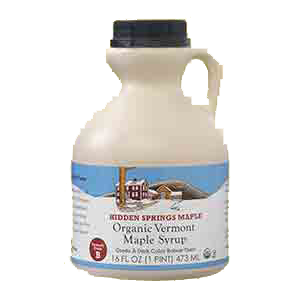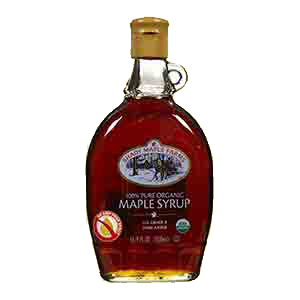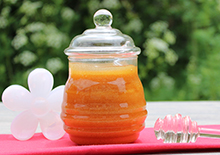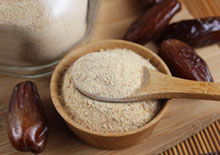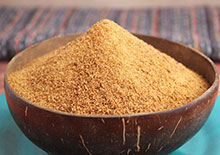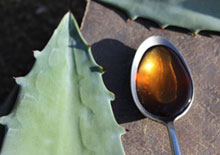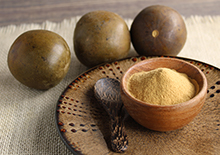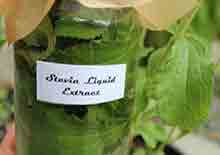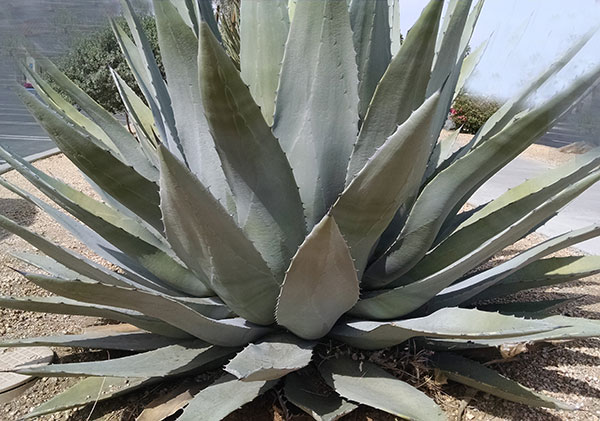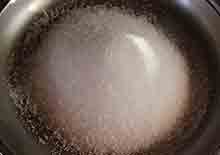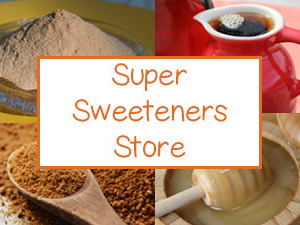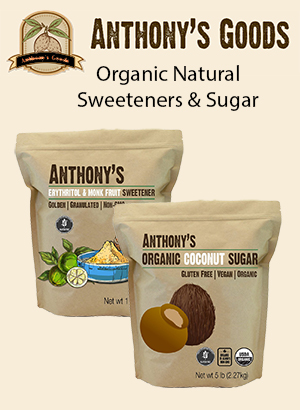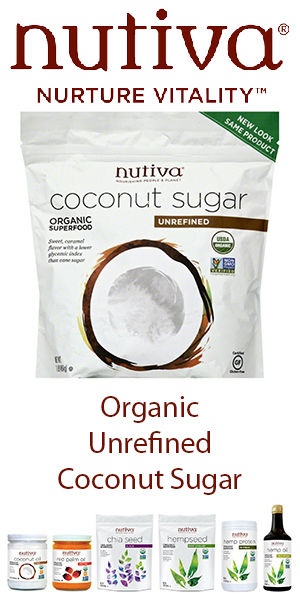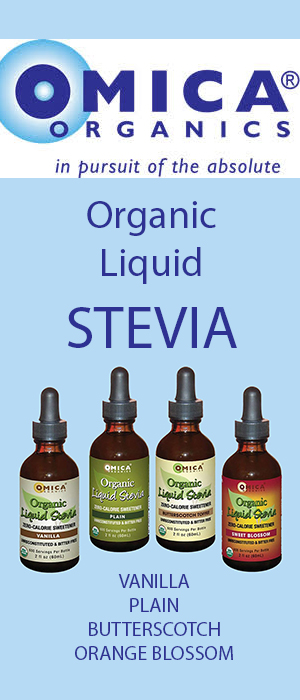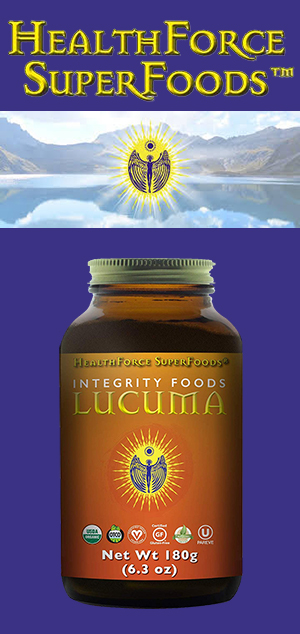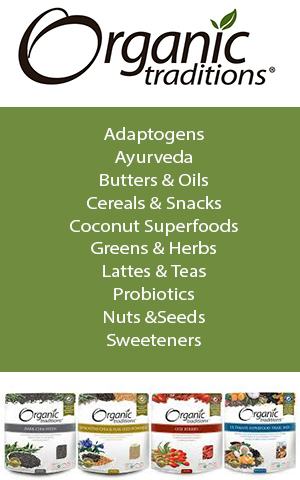- Home
- Sweeteners
- Pure Maple Syrup
Pure Maple Syrup, An Alternative Natural Sweetener
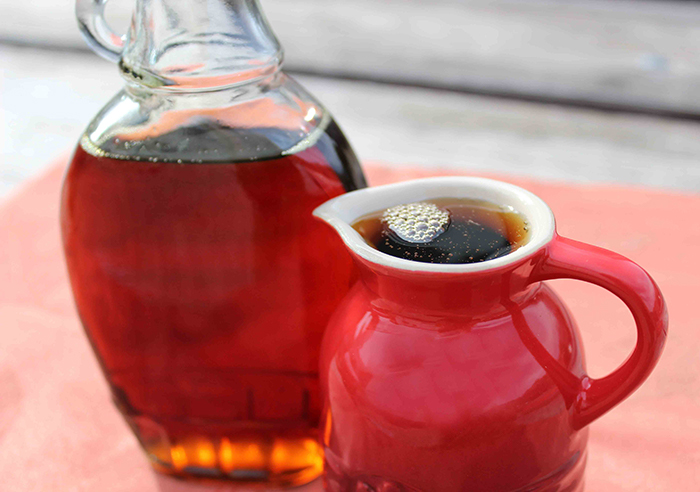
Pure maple syrup is made from the sap extracted from certain species of maple trees primarily growing in the northeastern U.S. and Canada.
Tapping maples for this clear sweet liquid is a practice originally acquired from various indigenous woodland tribe's native to these regions, such as the Abenaki, Iroquois, Ojibwe and Micmac as well as other Anishinaabeg and Wabanaki peoples.
Many of these cultures regarded the produced syrup as a source of energizing nutrients and developed ceremonies like the "Maple Dance", performed during the tree tapping process.
Maple tree tapping was later adopted by European settlers who began a type of forest farming from wild stands of trees. Some of the regions are still family owned and maintained today by descendants of these earlier colonists.
The craft of "maple sugaring" is commonly viewed, along with honey collection, as a semi-wild source of condensed sugar as it is derived from trees growing in fairly natural habitats to ensure their maximum lifespan.
The syrup we are explicitly referring to is 100% pure maple syrup, which is nothing but the boiled sap from the maple tree. Manufacturers use the word "pure" to make the distinction that maple syrup is the only ingredient.
It is good to be aware that there are many "maple syrup" look-a-likes on the market that contain additives, like flavorings, preservatives and other sugars, especially corn syrup. Real maple syrup, however, is the sap boiled straight from the tree and bottled.
New findings on maple syrup's health enhancing effects were discussed at the 2017 annual gathering of the American Chemical Society in a symposium entitled "Chemistry and Biological Effects of Maple Food Products." (*)
Among a number of topics was the current research on pure maple syrup's recently identified antioxidants and phenolic compounds, such as quebecol, in addition to its newly revealed presence of inulin, a natural prebiotic.
Pure maple syrup is also right on the cusp of what is considered to be a
low glycemic sweetener and can be a nice sugar substitute to have on hand in your pantry. When combined with other sweeteners, like stevia or yacon, it is a tasty way to reduce sugar consumption.
Although real maple sap derived syrups are heated at relatively high temperatures to condense the sugar content, many people following a high raw diet occasionally use them in small amounts to sweeten drinks, raw dessert recipes or foods like chia porridge because of their distinct unsurpassed caramel-like flavor.
Maple syrup is of course a carbohydrate source, containing mainly sucrose, but
also comprises some micronutrient content in the form of minerals, some vitamins and
trace amounts of amino acids. These properties maintain an advantage over highly refined sweeteners with very little nutritional value.
While we are personally not big fans of using concentrated sugars, even the more "natural" ones, in large amounts on a regular basis, depending on your current dietary practices, they can be a much improved upgrade from refined white sugar, artificial sweeteners or foods containing high fructose corn syrup.
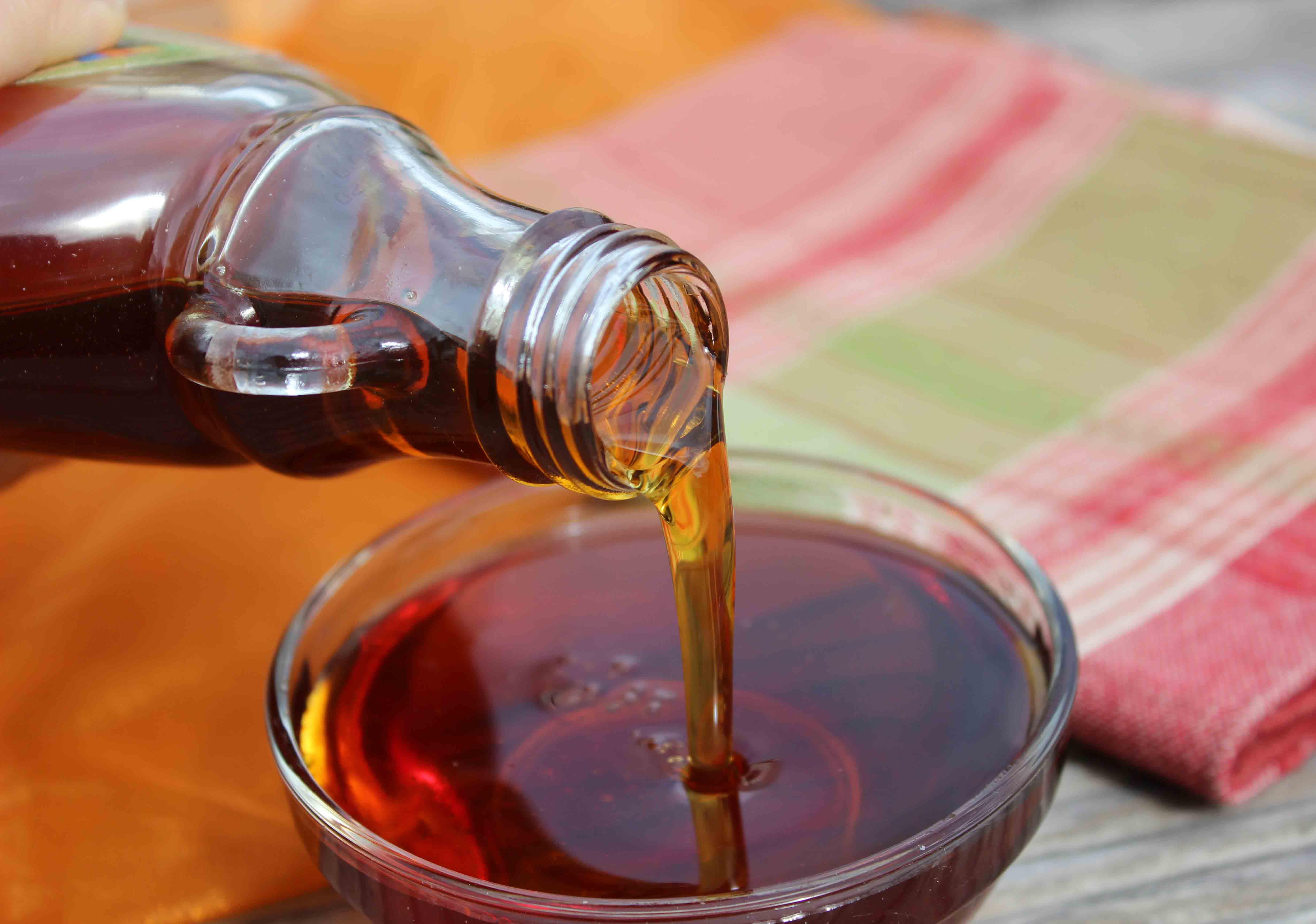
What is Pure Maple Syrup?
All maple trees produce a sap which can be tapped, collected and heated to produce pure maple syrup.
Most maple syrups are made from the sugar maple tree (Acer saccharum) because of its higher sugar content, but the black maple (Acer nigrum) and the red maple (Acer rubrum) are also used commercially.
These tree species are native to the hardwood forests of eastern Canada and the northern parts of the Central and eastern United States. The maple leaf is in fact represented on the Canadian flag as well as designated as a state tree in Vermont, Wisconsin and New York.
Maple sap is a clear watery liquid that acts as a primary food source for the trees growth. Because such a large amount (hundreds of gallons) of sap is produced annually by each tree, harvesting methods generally don't effect the tree's life cycle. Many suppliers liken tree sap collection to a person donating blood, and that there is plenty to spare. A healthy group of trees or "sugar bush" with well-developed branches and leaf growth can often be tapped for decades and even centuries without decreasing sap production.
Most maple syrup producers want their trees healthy and thriving for many years, so over-tapping is not usually an issue as they are managed for long-term sustainability rather than short-term gain. Some organic certifications, like QAI (Quality Assurance International), also have strict forest management guidelines that protect against causing harm to the trees future growth. (*)
How Sap is Collected and Syrup is Made
Maples are tapped when they are about 30-40 years old or 12 inches in diameter or larger. Starch is stored in the root system and in the winter converts to a sugary sap which rises up the trunk in late winter to early spring or "sugaring season." This is the time of the spring thaw when enzymes convert the stored starch into sugar mixed with water.
Sap runs
up from the tree's roots when night-time temperatures fluctuate above
and below freezing with the warm spring climate. Tree tapping or the
"sugaring off" season occurs once a year between mid-February through
April usually over a course of a month or more. The annual tapping is
complete when the freezing nights end and the trees begin to produce
buds.
Tapping is achieved by extracting the sap from the sunny
south-facing side of the trunk of the tree about 2-3 feet up from the
base.
Holes are drilled through the phloem layer, just inside the
bark about 3 inches deep, and spout-like "taps" are inserted to extract
the sap. Traditionally sap is collected using covered buckets hung from
the spout, today an attached vacuum tubing system is viewed as a more
efficient and sterile method. This does not suck the sap but rather lowers the pressure in the pipeline to allow it to flow more easily.
The clear fluid is then immediately taken to the "sugar house" where the sap is boiled to evaporate the water content and concentrate the sugars into maple syrup.
When it reaches approximately 7 °F or 4°C above water’s boiling point (212°F or 100°C), it has transformed into maple syrup. Sap is approximately 98% water and 2% sugar and after boiling converts to about 33% water and 67% sugar.
This process increases thickness and also darkens the color, which can vary from golden to dark brown depending on different factors.
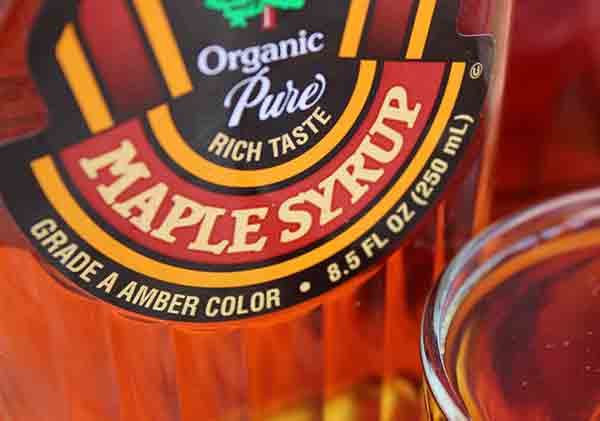
Pure Maple Syrup Grading System
Pure maple syrup is graded in terms of flavor and color, although the grade alone does not always determine equivalent flavor characteristics. In 2013, the International Maple Syrup Institute, in conjunction with other maple syrup producer associations, proposed a new unified grading system. (*)
Essentially, there is no more Grade B, only Grade A's which are broken down into four main categories according to color and taste:
- Grade A Golden - Delicate Taste
- Grade A Amber - Rich Taste
- Grade A Dark- Robust Taste
- Grade A Very Dark - Strong Taste
While maple syrup, as a natural product, uniquely varies from year to year and tree to tree, generally lighter syrups are produced earlier in the season and darker types are produced later as the sugaring season develops.
The lighter the color the more subtle the flavor. Darker colored syrups are more full-bodied with an intense maple flavor. Each syrup, however, can have its own distinct tones and taste qualities.
(Learn more below about dark syrup and why it is considered more nutritious.)
What is Maple Sugar?
Maple sugar is also another product that can be produced from the syrup, essentially the same way that coconut nectar can be further heated to create coconut sugar.
It is the crystalline solid form of pure maple syrup, after it is boiled for longer than is needed and all the water has evaporated off. It is more concentrated than the pourable syrup as it consists of less water and more sugar content.
Top Maple Syrup Producers
Canada, particularly the province of Quebec, is the main producer of maple syrup worldwide, making up 80% of the world's supply.
The state of Vermont is the largest U.S. supplier, making up over 5% of the market. Other major producers include New York and Maine following to a much lesser degree by Wisconsin, Ohio, New Hampshire, Michigan, Pennsylvania, Massachusetts and Connecticut.
Because of the nature of forest farming maple trees, pure maple syrups sold today often come from small scale maple sugaring operations.
A bottle of syrup is not necessarily from one "sugar bush", but may be a collective contribution of several different producers.
Sometimes Canadian and American sources are also integrated into a single bottle of syrup. This is especially the case when the brand is not solely a maple syrup manufacturer.
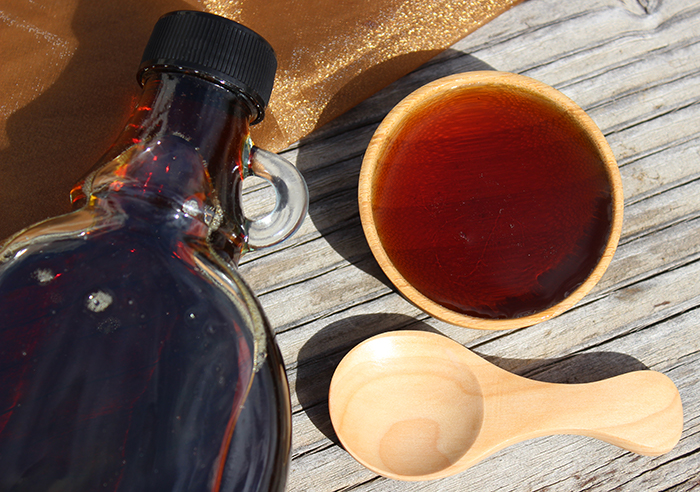
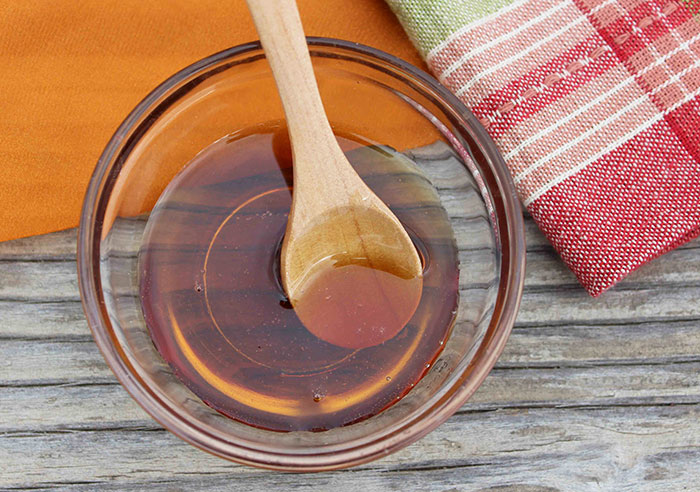
Health Benefits of Pure Maple Syrup
A Potential Sugar Alternative
Your own selection of natural sweeteners, to a large degree, depends upon what you are typically used to consuming and how you incorporate them into your diet. For those looking to reduce or eliminate highly refined or artificial sweeteners, maple syrup is a potential alternative.
Being higher in sucrose with a good amount of calories at 52 per tablespoon, it is not one that you would tend to use on a regular basis or in large quantities.
It has been shown, however, in glycemic index (GI) testing conducted by the University of Sidney that pure maple syrup has a GI of 54. (*) According to their research, anything between 0-55 is considered a low glycemic sweetener.
This essentially means that it won't dramatically spike blood sugar levels when consumed by itself. Nevertheless, it should normally be integrated as part of a whole food diet not used exclusively.
While we have found that most maple syrup "nutrition facts" labeling is based on a 1/4C serving size, we would not recommend this as the average quantity consumed at a meal. This amount is most likely in reference to its traditional use as a pancake or waffle condiment.
Also, as we mentioned, pure maple syrup is not equivalent to some "pancake syrup" brands bearing labels like Mrs. Butterworth's, Aunt Jemima or Log Cabin. These products contain no "real" maple syrup but other ingredients such as corn syrup, preservatives and artificial flavorings.
Infrequent small portions of maple syrup and other concentrated
natural sweeteners are usually not a problem for those following a
health promoting diet and lifestyle.
However, when condensed sweeteners, even the so called "healthy" one's are consumed in excess they can feed fungal yeast strains, like candida, and the growth of unwanted parasites. Beneficial gut flora can be thrown out of balance causing an array of autoimmune conditions over time if not corrected.
According to an article posted on the Body Ecology website, maple syrup is listed as a potential option, next to molasses and quality agave, for those reintroducing sweeteners into the diet after a candida cleanse.
Today, many people following a high raw diet or primal diet, consider tree extracted pure maple syrup a more natural as well as healthier and tastier option for use in recipes and especially desserts.
Other popular pourable alternatives you may also wish to consider include coconut nectar, raw honey and yacon syrup.
For those looking to shift to a low or no sugar diet, sweeteners like monk fruit, stevia, lucuma and yacon might be more appropriate.
It
is also beneficial to integrate a combination of different sugars when used in recipes.
If you choose to use maple syrup you can blend it with these other low
or no calorie alternatives or others like raw honey, coconut sugar or
xylitol. It really depends on your current dietary practices and
long-term health goals.
As we mentioned, pure maple syrup can
make a good choice when the serving size is limited to small portions
and when eaten in combination with other whole foods, containing a
greater amount of nutrients.
Light amber grades are generally
considered to have more sucrose than darker varieties which consist of
small amounts of glucose, fructose as well as minerals and antioxidants.
Contains Antioxidants and Phenolic Compounds
Maple syrup has been found in new research to be composed of a number of antioxidants and polyphenols such as lignans and coumarin, quebecol and ginnalin.
In particular, the phenolic compound referred to as quebecol (specific to maple trees) is actually created during the conversion process from sap to syrup. (*)
Named in honor of the Canadian province of Quebec, the world's largest producer, quebecol and one of its analogues called isoquebecol has been identified to possess effects as an anti-inflammatory agent in research published in the 2017 journal of Bioorganic and Medical Chemistry. (*)
In yet another study, pure maple syrup's polyphenol properties were identified to provide potential protective effects against neuroinflammation by reducing β-amyloid formation, a plaque present in those with Alzheimer's.
While we would not necessarily recommend consuming high amounts of sugars if you have any type of tumor growth, the antioxidant activity of maple syrup extracts has also interestingly been shown to have "anti-proliferative effects against cancer cell lines" as published in a 2015 issue of Oncology Reports. (*)
Shown to Contain the Polysaccharide Inulin
When selecting a sweetener for moderate use, pure maple syrup comprises greater health enhancing components in contrast to other refined sugar sources.
It has also been shown for the first time in 2017 research to contain the polysaccharide inulin as well as arabinogalactans and rhamnogalacturonan.
Inulin, in particular, is a noteworthy natural dietary fiber or complex carbohydrate that has a "prebiotic" effect in the gut and helps to encourage the growth of beneficial bacteria.
Likewise, in research on mice, maple sap and its concentrate "appeared to minimize the antibiotic-induced breakdown of mice microbiota with a marked effect on bifidobacterium and bacteroides levels, thus permitting a more rapid re-establishment of the baseline microbiota levels." (*)
Maple Syrup Nutrition
Maple syrup does contain some micronutrient content in the form of various minerals like zinc, manganese, calcium and magnesium and vitamins like riboflavin and thiamine as well as trace amounts of amino acids.
While it is found to contain more minerals than other types of sweeteners, to meet daily requirements large portions would have to be consumed, which we do not recommend. However, sweeteners with more nutrients available offer a slight advantage over those with empty calories.
Is Dark Maple Syrup More Nutritious?
A common assumption that most people have is that the darker the syrup the more nutritious the sweetener. This has in fact been found to be generally true with most pure maple syrups, mostly because saps collected later in the sugaring season have less sugar and greater nutritional value.
However, sometimes heating techniques can also create a darker-colored end result. Most quality pure maple syrups don't employ such methods.
According to some research published in the journal Plant Foods and Human Nutrition, it has been shown that darker maple syrup grades are notably higher in nutritional properties compared to lighter colored syrups. Results from the reported study suggest that "darker syrups tend to contain more beneficial traits" and "showed significantly higher autofluorescence, total phenol content, antioxidant potential, phosphorous, calcium and total mineral content."
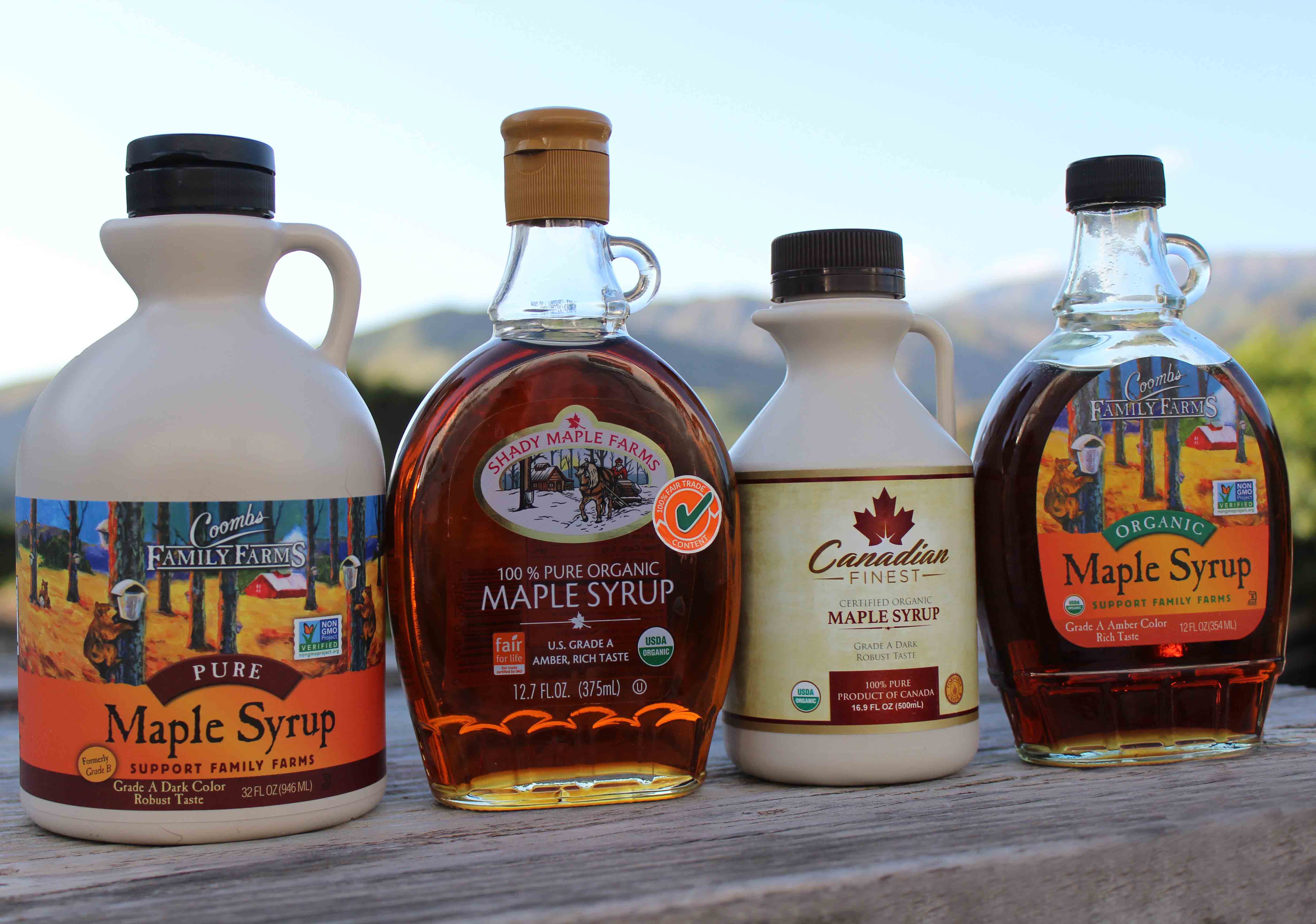
Purchasing Quality Organic Maple Syrup
Being a natural product derived from trees, you might not think that there is a big difference between organic and non-organically raised and tapped sugar maple trees, but there is.
Conventionally grown and produced syrups are legally open to a number of questionable practices. This, however, no longer includes the use of formaldehyde plugs, which has been banned since the 1980's in the U.S. and Canada.
Common conventional production methods usually always involve the use of
synthetic defoaming agents, additives and emulsifiers which can
contaminate the final product with unhealthy ingredients like synthetic
fats or polyethylene glycol (PEG), the main ingredient in antifreeze.
While maple trees are rarely ever sprayed, chemicals like Roundup are often used to control weed growth and potential pests around or close to the tree itself. These substances can seep into the ground and root system of the tree where they get concentrated in the sap and syrup.
Organic standards adhere to strict guidelines that prohibit the use of synthetic fertilizers, herbicides and pesticides on or around the trees as well as ensure buffer zones from neighboring properties if needed.
Synthetic defoaming agents are prohibited and a sparing amount of organic vegetable oil or organic butter is used as an alternative. PEG's and other food additives are forbidden.
The state of Vermont has two respected organic certifications available under the Vermont Organic Farmers and the Northeast Organic Farming Association of Vermont. (*) Ecocert is one of the main organic certification organizations available in Canada.
Other top organic agencies also include Quality Assurance International (QAI) and USDA Organic Certification.
We personally like to purchase pure maple syrup from family owned producers and cooperatives.
Recommended Organically Certified Maple Syrup Suppliers
- Coombs Family Farms
- Hidden Springs Maple
- Crown Maple
- Shady Maple Farms
- Canadian Finest
- Butternut Mountain Farm
- Springtree
How to Use
Maple syrup is commonly used as a syrup drizzled onto foods, but can also be used as a sugar substitute in many recipes and desserts.
When using maple syrup in place of white sugar, replace the same amount with maple syrup but reduce the amount of liquid the recipe calls for by about a 1/2 a cup.
Again, we don't recommend consuming maple syrup in excess, but it can be consumed occasionally as a condiment for breakfast cereals, porridge, as an ice cream topping as well as to sweeten smoothies, salad dressings or homemade granola recipes.
As we mentioned, it can be used interchangeably with other pourable natural sweeteners like coconut nectar or a quality agave. Some Native American cultures were known to use it as a replacement for salt.
Precautions:
Sweeteners, like maple syrup, should be avoided by those with candida overgrowth, leaky gut, other autoimmune conditions or cancer. In such cases a low-sugar diet is recommended.
Shop Related Products (About Affiliates & Amazon Associate Paid Links)
Affiliate Disclaimer: This section contains affiliate product links. If you make a purchase through our recommended links, we receive a small commission at no additional cost to you. Thanks for the support.
